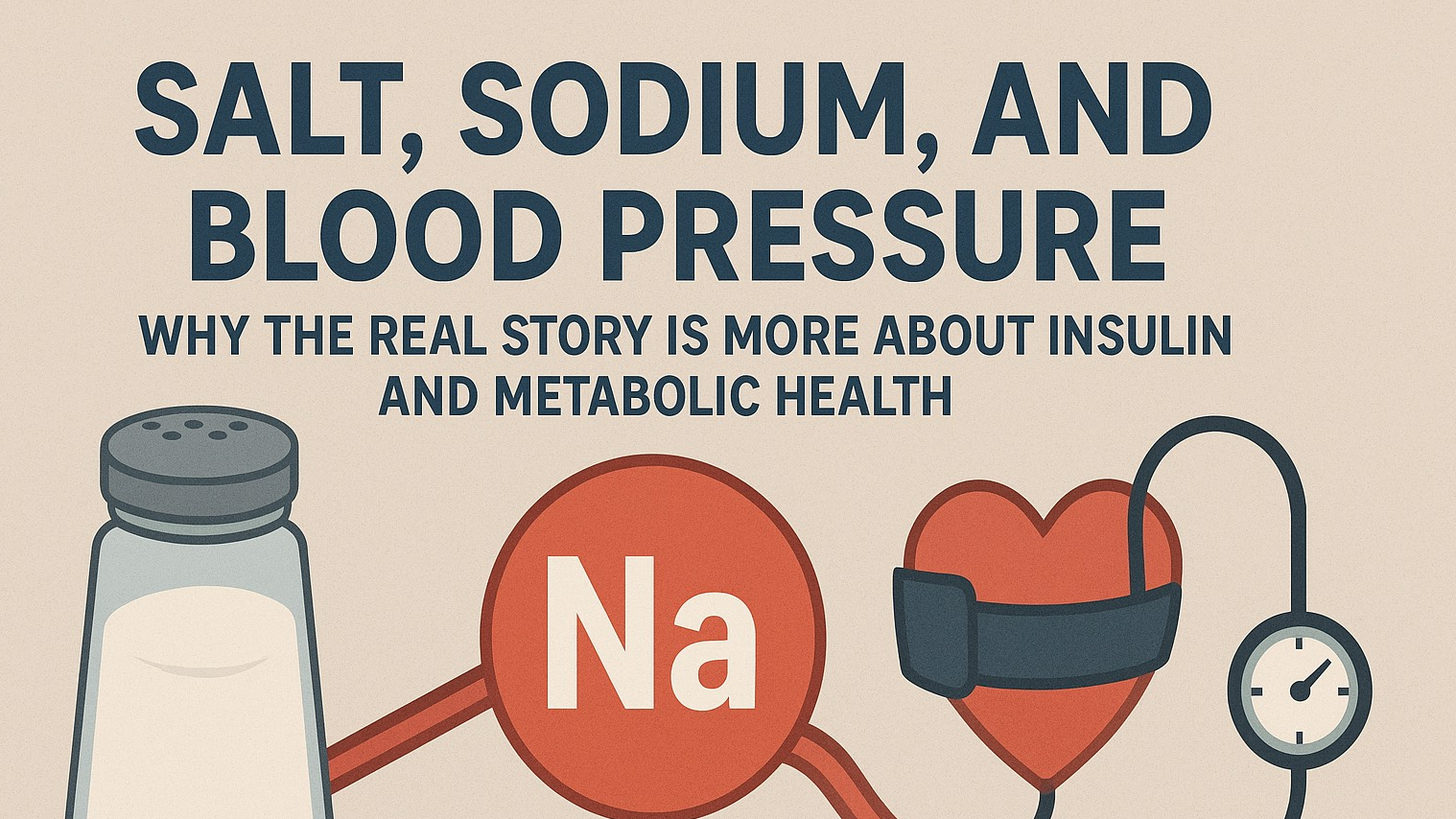
Detoxification is a vital process that helps the body eliminate toxins accumulated from food, environmental pollutants, cleaning products, and skincare products. A carefully structured detox plan can reset your body, heal your gut, and support vital organs such as the liver, kidneys, and skin in their natural detoxification processes. This guide presents 10-, 20-, and 30-day detox plans inspired by various proven approaches, backed by science, and designed to restore your health and vitality.
Key Principles of the Detox Plans
Reduce Inflammation: Stabilize insulin and lower inflammation to enhance overall health.
Eliminate Common Toxins: Avoid sugar, processed foods, gluten, dairy, caffeine, and alcohol to reduce toxic load.
Focus on Whole Foods: Include nutrient-dense foods that support detoxification and healing.
Gut Health as a Priority: Promote a healthy microbiome with prebiotics, probiotics, and anti-inflammatory foods.
Supportive Lifestyle Changes: Incorporate mindfulness, stress reduction, and better sleep hygiene to optimize the detox process.
10-Day Detox Plan
Foods to Include
Proteins: Wild-caught fish, pasture-raised poultry, grass-fed beef, lentils, chickpeas, and organic tofu.
Healthy Fats: Avocados, nuts, seeds, coconut oil, and olive oil.
Non-Starchy Vegetables: Broccoli, kale, spinach, asparagus, zucchini, and herbs like cilantro and parsley.
Low-Glycemic Fruits: Berries, citrus fruits, and green apples.
Hydration: Filtered water with lemon, herbal teas, and bone broth.
Steps
Eliminate sugar, processed foods, and alcohol.
Eat balanced meals with protein, fat, and fiber.
Stay hydrated and include detox-supportive herbs like cilantro and turmeric.
Exercise daily and practice mindfulness techniques like meditation.
Aim for 7-8 hours of restorative sleep each night.
20-Day Detox Plan
Expanded Focus
Deepen Gut Healing: Add fermented foods like sauerkraut, kimchi, and miso, as well as prebiotic-rich foods like garlic, onions, and asparagus.
Environmental Toxin Reduction: Transition to natural cleaning and skincare products to reduce toxic exposure.
Extended Stress Reduction: Incorporate practices like yoga, tai chi, or acupuncture to promote relaxation.
Additional Foods
Fermented dairy alternatives like coconut yogurt.
More cruciferous vegetables for enhanced liver detoxification.
Herbal teas like nettle, dandelion root, and green tea for cleansing.
Steps
Continue practices from the 10-day plan.
Gradually introduce intermittent fasting (12-16 hour overnight fasts).
Add liver-supportive supplements such as milk thistle and glutathione.
Perform weekly detox baths with Epsom salt and essential oils for relaxation and toxin release.
30-Day Detox Plan
Comprehensive Detox
Adopt Long-Term Changes: Fully transition to an organic, toxin-free lifestyle, replacing household and skincare products with natural alternatives.
Advanced Detox Practices: Use tools like dry brushing, infrared sauna sessions, and lymphatic drainage massage.
Mental and Emotional Wellness: Journal daily and engage in gratitude exercises to promote mental clarity and emotional balance.
Foods to Emphasize
Seasonal, wild-harvested produce for nutrient density.
Grass-fed organ meats like liver for vitamins and minerals.
Adaptogenic herbs such as ashwagandha and holy basil to reduce stress and support adrenal function.
Steps
Build upon the 20-day plan by increasing food variety and nutrient rotation.
Incorporate deeper detox tools like chlorella and spirulina to bind heavy metals and promote cellular cleansing.
Monitor your progress weekly and adjust practices based on your body’s needs.
Examples of Natural Cleaning and Skincare Products
-
Natural Cleaning Products:
White vinegar and baking soda for surface cleaning.
Castile soap for multi-purpose use.
Essential oil blends (e.g., tea tree and lemon) for natural disinfecting.
-
Natural Skincare Products:
Aloe vera gel for hydration.
Coconut oil as a moisturizer.
Non-toxic sunscreen brands such as Badger or Thinksport.
Activated charcoal or clay masks for detoxifying the skin.
Infrared Products at Different Price Points
Budget-Friendly Options: Portable infrared heating pads (e.g., Sunbeam XpressHeat) for localized relief (~$50-$100).
Mid-Range Options: Infrared sauna blankets (e.g., HigherDOSE) for a more immersive detox experience (~$400-$600).
Premium Options: Full-sized infrared saunas from brands like Sunlighten or Clearlight, ideal for deep detoxification (~$3,000+).
Why These Detox Plans Work
Scientific research supports the effectiveness of detoxification in reducing inflammation, healing the gut, and eliminating toxins:
Inflammation Reduction: Studies show that whole-food diets rich in antioxidants and omega-3 fatty acids lower inflammation (Journal of Clinical Endocrinology & Metabolism).
Gut Health Improvement: Prebiotics and probiotics enhance microbial diversity, essential for digestion and immunity (Nature Microbiology).
Liver Detoxification: Nutrient-dense foods and herbs like milk thistle improve liver function, enabling better toxin removal (Toxins Journal).
Chronic exposure to environmental toxins—from food preservatives to household chemicals—can overwhelm the body’s natural detox systems. By eliminating these toxins and adopting supportive practices, you help your liver, kidneys, and lymphatic system perform at their best, promoting overall health and vitality.
Conclusion
Whether you choose a 10-, 20-, or 30-day detox, these plans offer a structured and effective way to reset your body, heal your gut, and enhance your well-being. By following these science-backed strategies, you can reduce your toxic burden, restore balance, and feel revitalized.
Take the first step toward a healthier you—your body will thank you!
 Add Row
Add Row  Add
Add 










Write A Comment